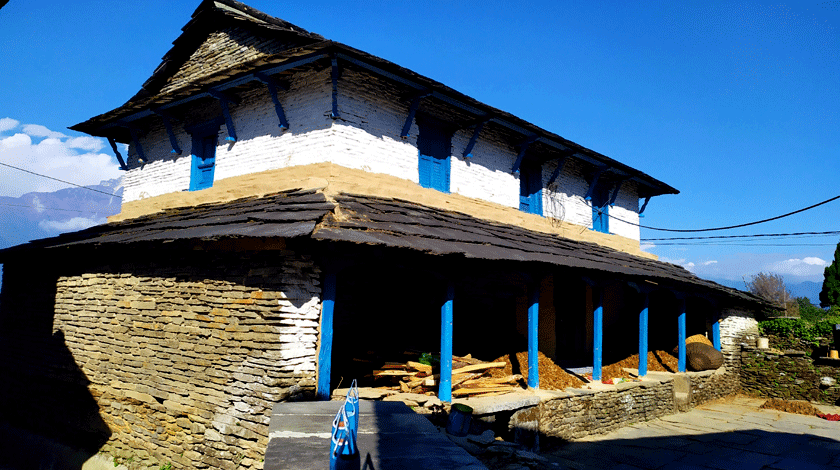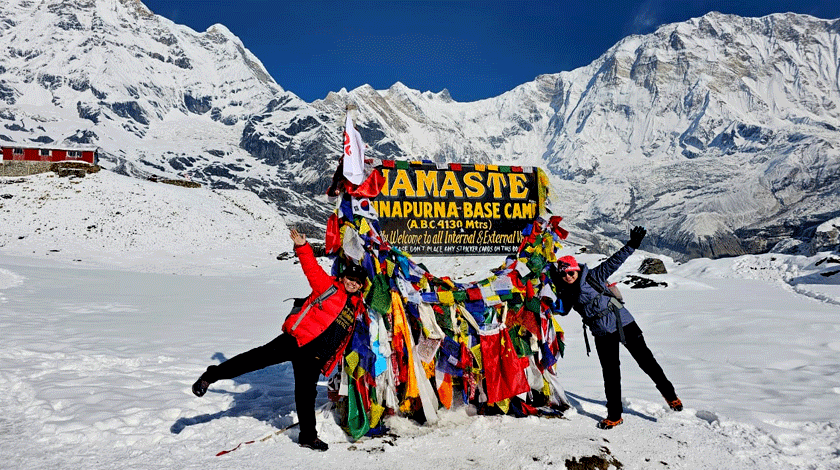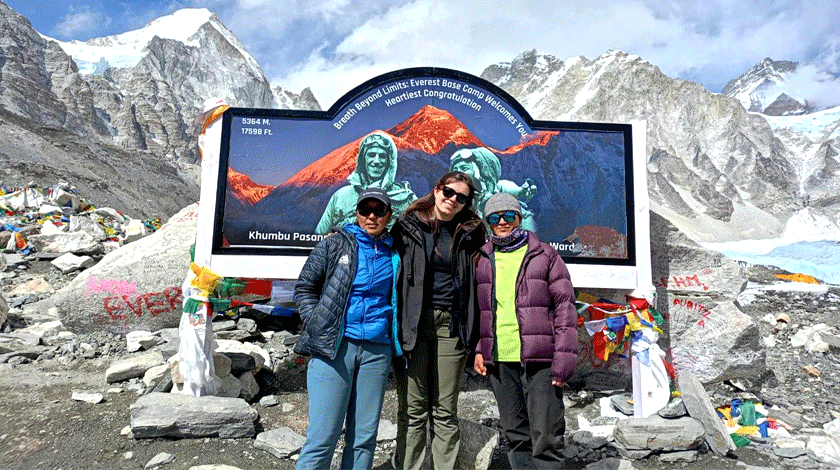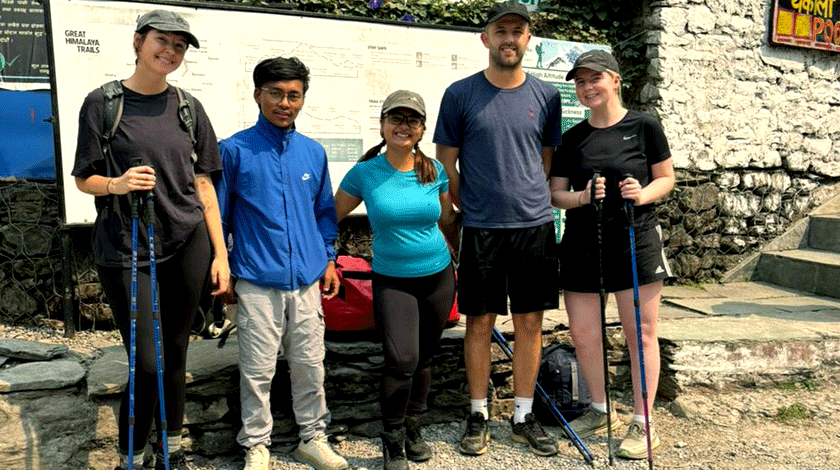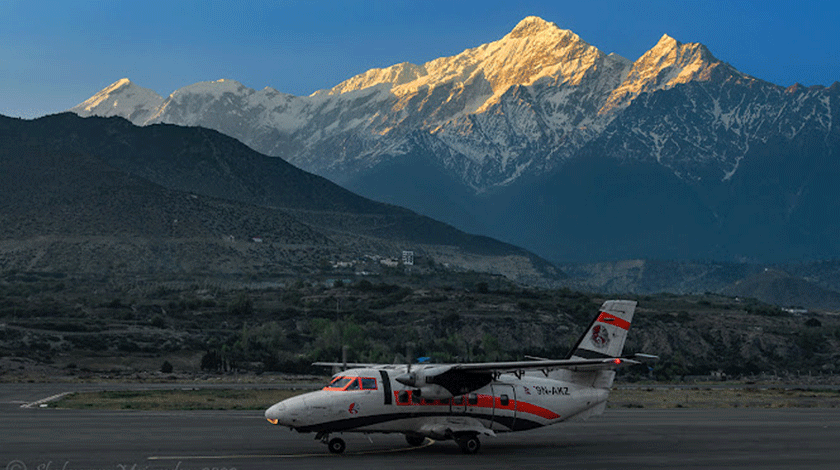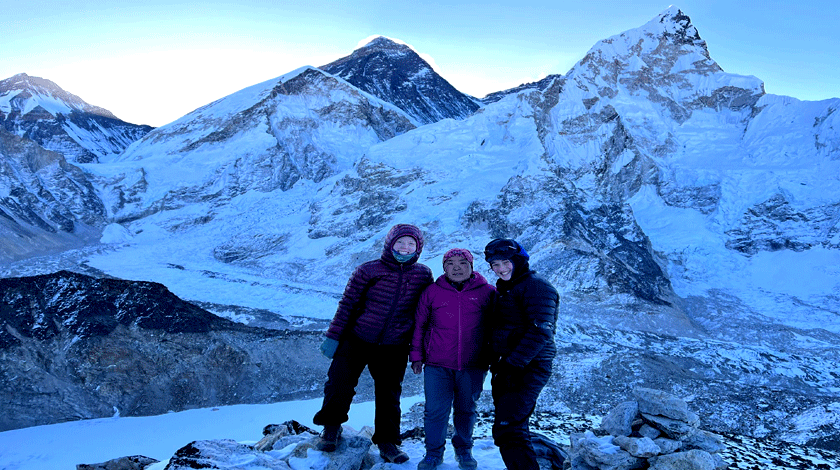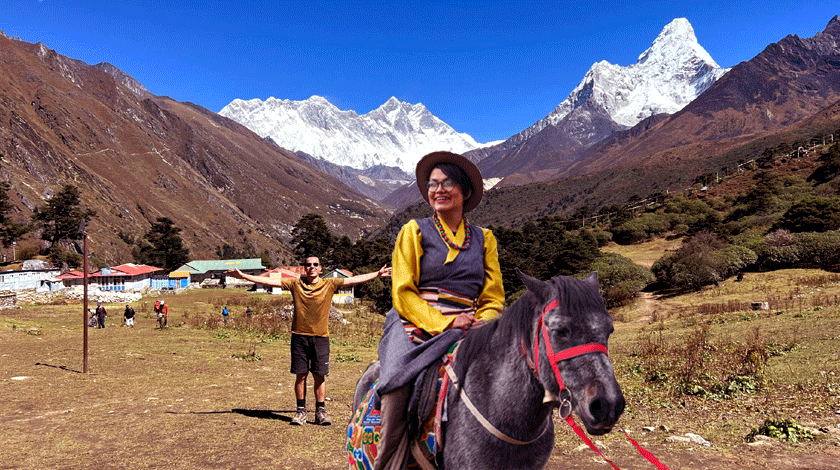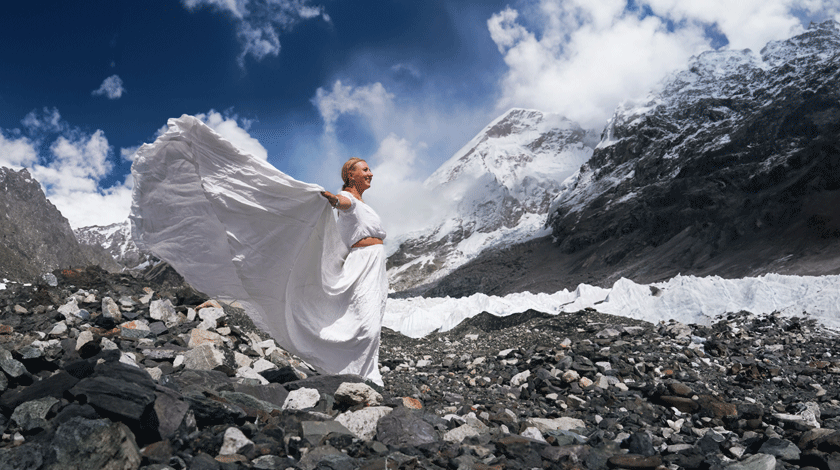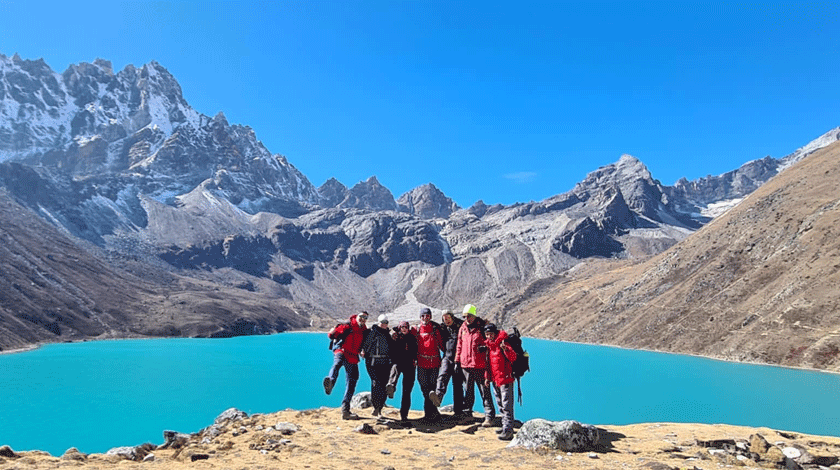Best Time to Visit Everest Base Camp
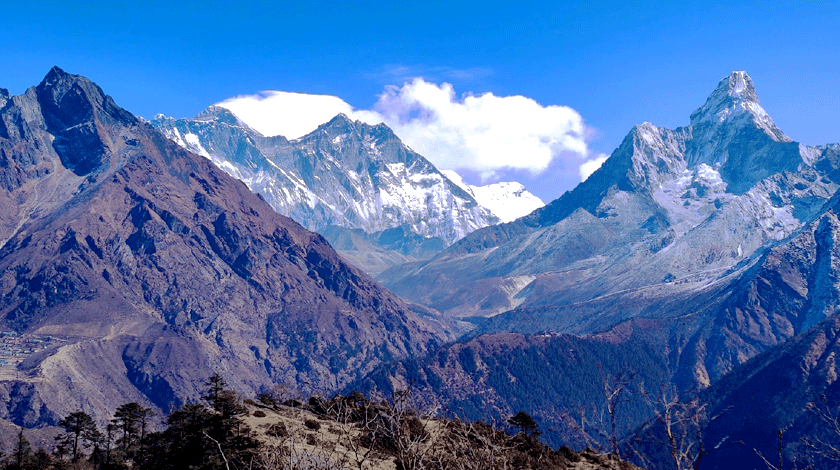
Best Time to Visit Everest Base Camp
Everest Base Camp (EBC) is a dream destination for trekkers worldwide. Nestled in the heart of the Himalayas, it offers an unparalleled adventure with breathtaking views, diverse culture, and the challenge of high-altitude trekking. To maximize the experience of this iconic journey, choosing the Best Time to Visit Everest Base Camp is crucial. This guide provides detailed insights into the best times to trek to Everest Base Camp, including weather patterns, trail conditions, and unique experiences throughout the year.
Optimal Seasons for Trekking to Everest Base Camp
The best time to trek to Everest Base Camp is in October and November. During these months, you will experience the best weather and clearest skies, making for breathtaking views. However, these months are also the most popular, meaning the trails can be crowded.
The second most popular season for trekking is from April to early May. During this time, the spring blooms and the buzz of expedition activity add extra interest to the trail. these seasons are the best time to visit Nepal to do the best trek.
Spring: The Blossoming Beauty (Late March to Early May)
Spring is one of the most popular seasons for trekking AND the Best Time to Visit Everest Base Camp. The weather during this time is relatively mild, with daytime temperatures ranging from 10°C to 15°C at lower elevations and around -6°C at Base Camp.
Weather and Trail Conditions
In spring also the Best Time to Visit Everest Base Camp, trekkers can enjoy clear skies and excellent visibility. The days are longer, providing ample daylight for trekking and photography. Rhododendrons and other alpine flowers bloom along the trail, adding vibrant colors to the landscape. The trails are generally dry, making for comfortable walking conditions.
Unique Experiences
During late April and early May, you might encounter mountaineers at Base Camp preparing for their summit attempts. This adds an exciting dynamic to the trek, as you witness the buzz of climbers gearing up for their ultimate challenge. The cultural experience is also enriched by local festivals like the Hindu Holi festival, celebrated in February or March, which marks the end of winter with joyous color-pelting festivities this is also the Best Time to Visit Everest Base Camp.
Autumn: The Clear and Crisp Season (Late September to Early November)
Autumn is another prime season for trekking to Everest Base Camp. Post-monsoon, the air is fresh, and the skies are clear, offering some of the best views of the Himalayan peaks.
Weather and Trail Conditions
During autumn, temperatures are comfortable, ranging from 10°C to 15°C during the day at lower elevations and around -10°C at Base Camp. The trails are dry and firm, having been washed clean by the monsoon rains. This season is ideal for photography, with sharp, clear views of the mountains.
Unique Experiences
Autumn coincides with Nepal’s most significant festival, Dashain, a 15-day celebration of the goddess Durga’s victory over evil. This period offers a unique opportunity to experience Nepalese culture and traditions. The trails are moderately busy, providing a lively yet not overcrowded trekking experience.
Winter: The Quiet Challenge (Late November to February)
Winter trekking to Everest Base Camp is less common due to the cold temperatures, but it offers a unique and serene experience for those willing to brave the chill.
Weather and Trail Conditions
Winter temperatures can drop to around -15°C during the day at Base Camp and even lower at night. However, the skies are usually clear, providing stunning views of snow-covered peaks. The trails are quieter, and teahouses are less crowded, offering a peaceful and isolated trekking experience.
Unique Experiences
Trekking in winter requires careful planning and appropriate gear to handle the cold. The upside is the tranquility and the opportunity to enjoy the pristine, snow-covered landscape without the crowds. This season is perfect for those seeking solitude and a more challenging adventure.
Monsoon: The Season to Avoid (Late May to Mid-September)
The monsoon season is the least favorable time to trek to Everest Base Camp. Heavy rains and cloudy skies dominate this period, making trekking conditions difficult and sometimes dangerous. however, it is doable to Everest View trek 5 days in Namche and Tengboche monastery Trek.
Weather and Trail Conditions
During the monsoon, trails become muddy and slippery, and leeches are common. Frequent landslides can disrupt travel plans. Visibility is often poor due to thick clouds and fog, obscuring the magnificent mountain views.
Unique Experiences
While trekking during the monsoon is generally not recommended, some trekkers might enjoy the lush, green landscapes and fewer crowds. However, the risks and discomforts typically outweigh the benefits.
Detailed Month-by-Month Breakdown
January
January is the coldest month, with minimal snowfall. Daytime temperatures at Base Camp hover around -15°C. Trekkers should layer up to stay warm and enjoy the serene, uncrowded trails.
February
February remains cold, especially at night, with temperatures dropping to -20°C or colder. However, clear skies offer uninterrupted views of Everest, and the trail is less busy.
March
March marks the beginning of the spring season, with temperatures gradually warming up. Rhododendrons start to bloom, adding color to the trek.
April
April is one of the best months for trekking, with warm weather and long daylight hours. Mountaineers acclimatizing at Base Camp add an exciting dynamic to the trek.
May
Early May is the last chance to trek before the monsoon. You might share Base Camp with climbers making their summit attempts. The weather can be unpredictable as the monsoon approaches.
June to August
The monsoon season brings heavy rain, muddy trails, and poor visibility. Trekkers should avoid this period due to the high risk of landslides and other hazards.
September
The monsoon begins to wane in September, with trekking conditions improving towards the end of the month. The trails are still relatively quiet, and the landscape is lush and green.
October
October is one of the best months for trekking, with clear skies, fresh air, and comfortable temperatures. The Dashain festival adds a cultural highlight to the journey.
November
November offers similar conditions to October, but temperatures start to drop. The trails are less crowded, providing a more peaceful trekking experience.
December
December is cold but clear, with fewer trekkers on the trails. It’s a great time for those seeking solitude and lower travel costs.
Conclusion
Choosing the best time to trek to Everest Base Camp depends on your preferences for weather, trail conditions, and crowd levels. Spring and autumn offer the best overall conditions, with clear skies, comfortable temperatures, and vibrant cultural experiences. Winter provides a unique, quieter adventure for those prepared for the cold, while the monsoon season is best avoided due to challenging conditions. Plan your trek carefully to make the most of this once-in-a-lifetime journey to the base of the world’s highest peak.

